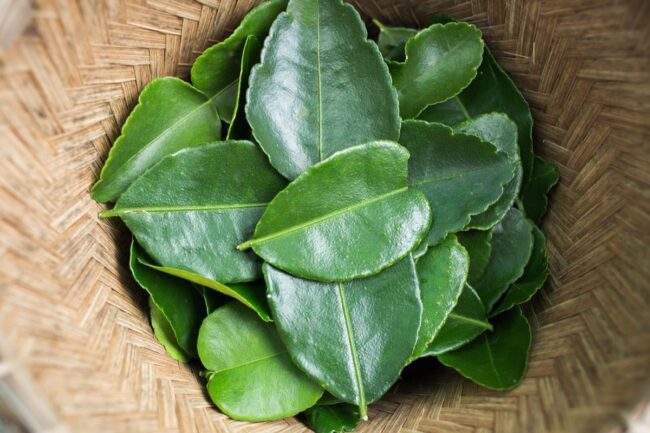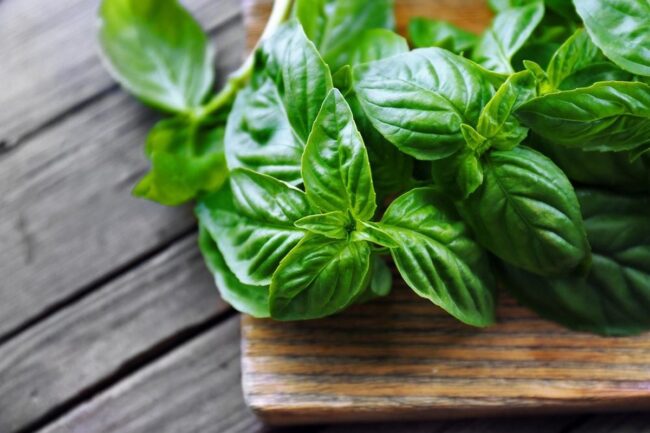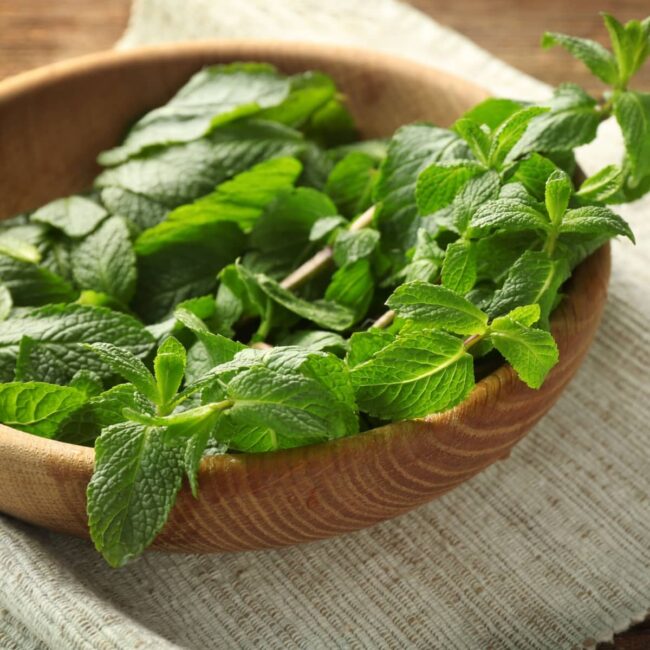5 Fragrant Alternatives to Curry Leaves
Curry leaves contribute a distinctive citrusy, earthy note to Indian and Southeast Asian recipes.
When they are unavailable, fresh herbs and seasonings can help recreate their essence.
Bright, zesty replacements bring freshness, while deeper herbal flavors maintain the richness.
The amount used should complement the dish without overpowering it.
What Are Curry Leaves?
Known for their aromatic qualities, curry leaves come from a subtropical tree native to India.
These glossy green leaves resemble teardrops and belong to the citrus family, offering a unique flavor similar to lemon with an earthy twist.
Widely used in South Indian cooking, they enhance dishes when combined with ghee and spices as foundational ingredients.
Their presence extends beyond the kitchen; Ayurvedic medicine has long recognized their potential benefits for cholesterol regulation and anti-inflammatory properties.
Availability can be tricky in some regions due to concerns about citrus diseases affecting the trees.
Culinary experts often seek alternatives when fresh curry leaves are hard to find; stay tuned for top substitutes that will elevate your favorite meals.
Top Alternatives to Curry Leaves
Curry leaves add a unique flavor to dishes, often found in Indian cuisine. Several substitutes can replicate their taste and aroma, allowing you to enhance your meals even without them.
Kaffir lime leaves
Kaffir lime leaves serve as an excellent alternative to curry leaves in various recipes.
Known also as Makrut lime leaves, these aromatic greens share a similar flavor profile with curry leaves, making them suitable for many dishes.
Their glossy green appearance and teardrop shape closely resemble each other.
A slight citrus note distinguishes kaffir lime from the milder taste of curry leaf; however, this difference is minimal and often goes unnoticed in cooking.
These versatile leaves enhance stir-fries, curries, soups, rice dishes, fish recipes, and steamed meats alike.
In Thai cuisine especially, they complement coconut milk beautifully; simply substitute one-for-one when replacing curry with kaffir lime for optimal results.
Lemon Zest/Lime Zest
Lemon or lime zest serves as a fantastic substitute for curry leaves in various dishes.
Known for its vibrant citrus flavor and aroma, zest from these fruits can brighten up any recipe.
Opting for unwaxed lemons or limes is crucial since the peel will be grated directly, and wax isn’t something anyone wants in their food.
Freshness matters; choosing organic fruit enhances flavor if possible.
Zest should be used sparingly due to its intense taste, with only half the amount needed compared to curry leaves, so if a recipe calls for one teaspoon of curry leaves, just use half a teaspoon of zest instead.
The leftover lemon or lime juice can add extra zing to drinks or baked goods later on.
Basil
Basil serves as an excellent alternative to curry leaves in various recipes.
This herb closely resembles curry leaves in appearance and texture, overcoming challenges faced by other substitutes.
Though basil lacks the distinct citrus flavor of curry leaves, its fresh and aromatic qualities shine through with a hint of mintiness reminiscent of anise.
Adding lemon or lime zest enhances the flavor profile, capturing essential notes found in curry leaves.
When using basil as a substitute, simply match the quantity specified for curry leaves and incorporate some citrus juice to elevate the taste further.
Basil pairs well with soups, salads, dips, curries, and dishes from both Asian and Mediterranean cuisines alike.
Bay Leaves
In many kitchens, bay leaves play a crucial role in Asian cooking.
These leaves add a minty and earthy flavor, with hints of sweetness that can enhance various dishes.
Although they do not replicate the citrus taste of curry leaves, their fresh aroma brings its own unique touch to meals.
Many people already have bay leaves tucked away in their cupboards since they are also common in Mediterranean recipes.
Substituting them for curry leaves requires caution; using too much can easily overpower a dish.
Adding one leaf at a time allows for better control over the flavor while cooking lentil or chickpea curries, casseroles, stir-fries, soups, and sauces.
Lemon Balm
Lemon balm is a common garden herb that resembles curry leaves in flavor.
It carries an earthy taste combined with a light citrus note.
This herb tends to be sweeter and milder than curry leaves, so using more of it might be necessary to achieve the desired flavor in your dishes.
It works wonderfully in warm meals like soups, curries, sauces, and casseroles.
Finding lemon balm is simple; many people have it growing right at home or can easily purchase it from local markets.
This makes lemon balm an excellent substitute when you run out of curry leaves.





